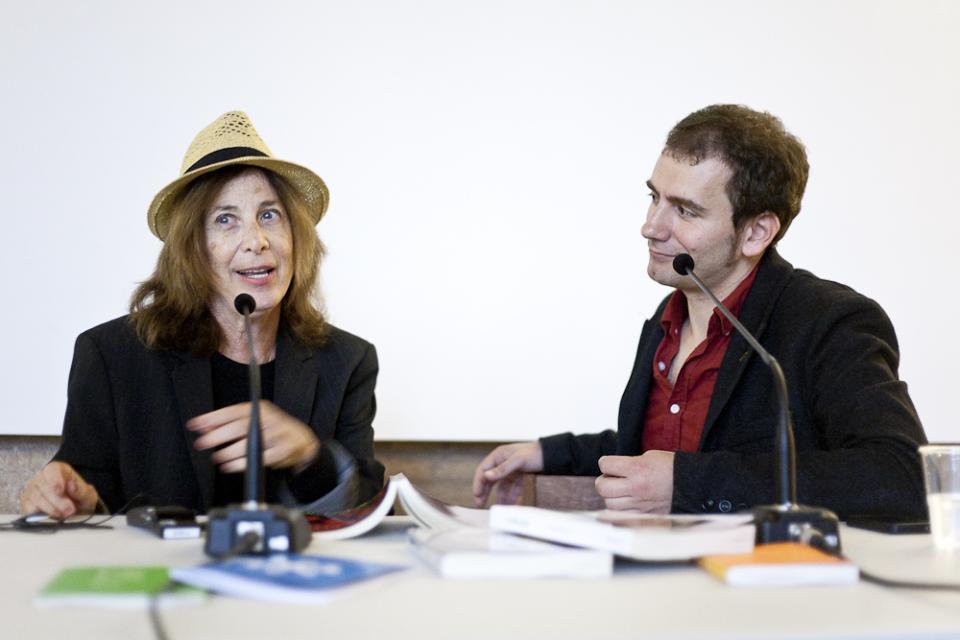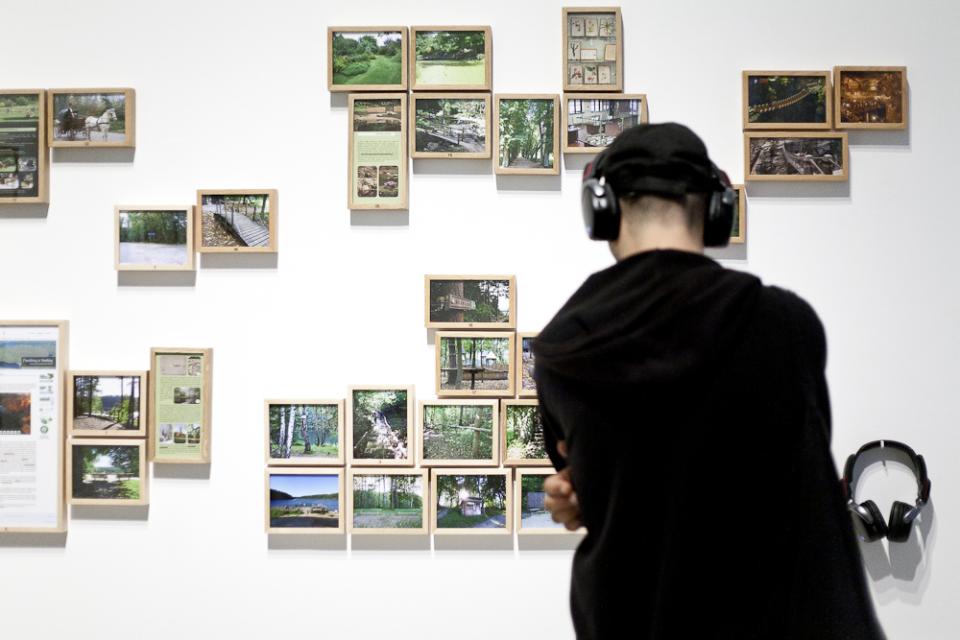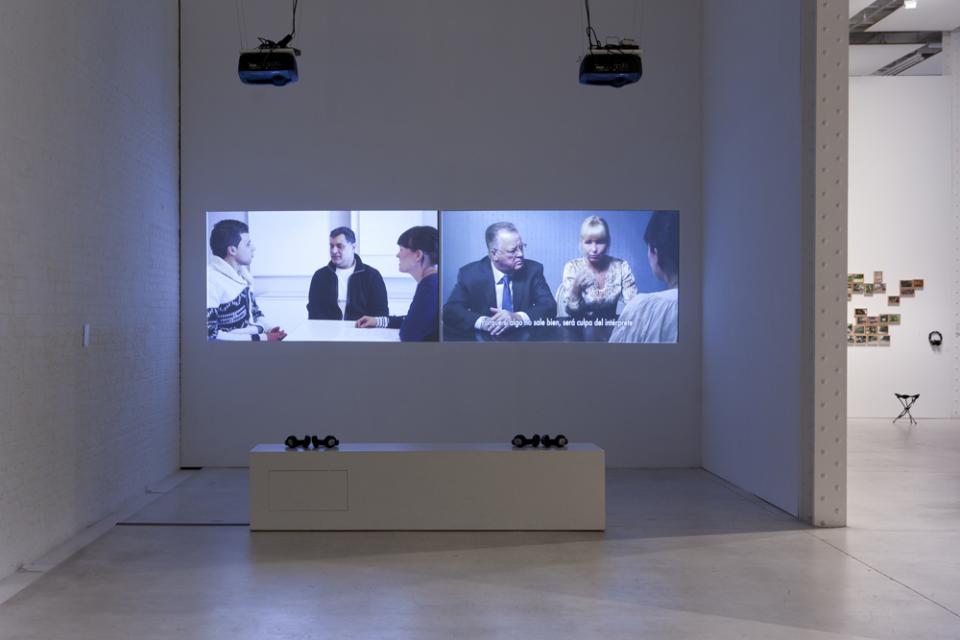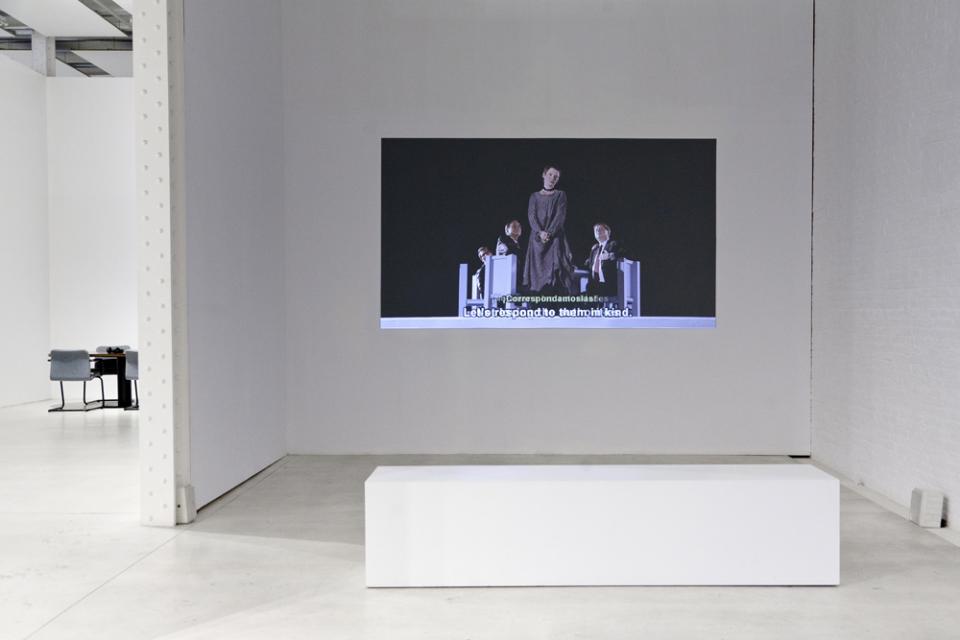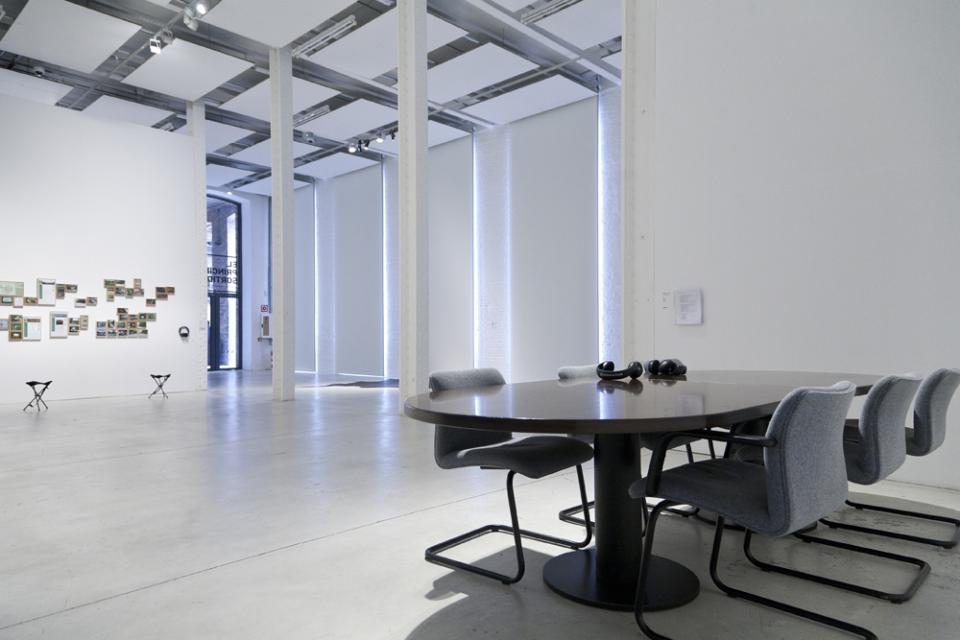Chapter III. Manifesto. Art today, facing the doubts
CHTO DELAT / FERRAN GARCIA SEVILLA / RUBÉN GRILO / NÚRIA GÜELL / SASKIA HOLMKVIST IRATXE JAIO & KLAAS VAN GORKUM / MARIONA MONCUNILL / WILFREDO PRIETO + Esther Ferrer / Martha Rosler / Guerrilla Girls
Curated by David Armengol and Martí Manen as part of the cycle The Text. First Notions and Findings.
Punching the table. Shaking your fist. Shouting for something. Or whispering, who knows. A statement of intent that encapsulates a specific desire.
Chapter III. Manifesto: Art Today, Facing Doubts is the third chapter in The Text: First Notions and Findings, a programme of exhibitions and activities analysing possible forms of writing in contemporary art. If in the first chapter we looked at the subjective observation of reality in the form of chronicles, and in the second we escaped through fiction, in the third and final chapter we explore artists’ direct commitment to the present and the ideological force of the manifesto—a format with political and social roots understood as a form of writing, a blank sheet, a place for defining an explosion in thought and action as we face our environment.
All really good manifestos should be a starting point, a possibility, a powerful belief. They are about opening up worlds, making specific proposals, getting other people to take part, expanding the radius of action. A manifesto stems from a case that has to be made, set out and followed. It also needs a signatory, a voice, a way of being. If a work of art is to be seen as a manifesto, it has to undergo a broad process so it can mature in concept as it takes shape. Reading an image, an object, a space or an action as a manifesto means being aware that this communicative item contains an affirmative desire and a staunch, shared position. Reading something artistic as a manifesto calls for belief and trust in the power of something—which happens to be innovative, fair, necessary or opportune—to defend a given attitude in the face of a reality that says something to us. In short, manifestos are not designed to keep mouths shut; they aim to raise awareness, take apart acquired notions and be a revolution in themselves—although whether on a small or large scale remains to be seen.




